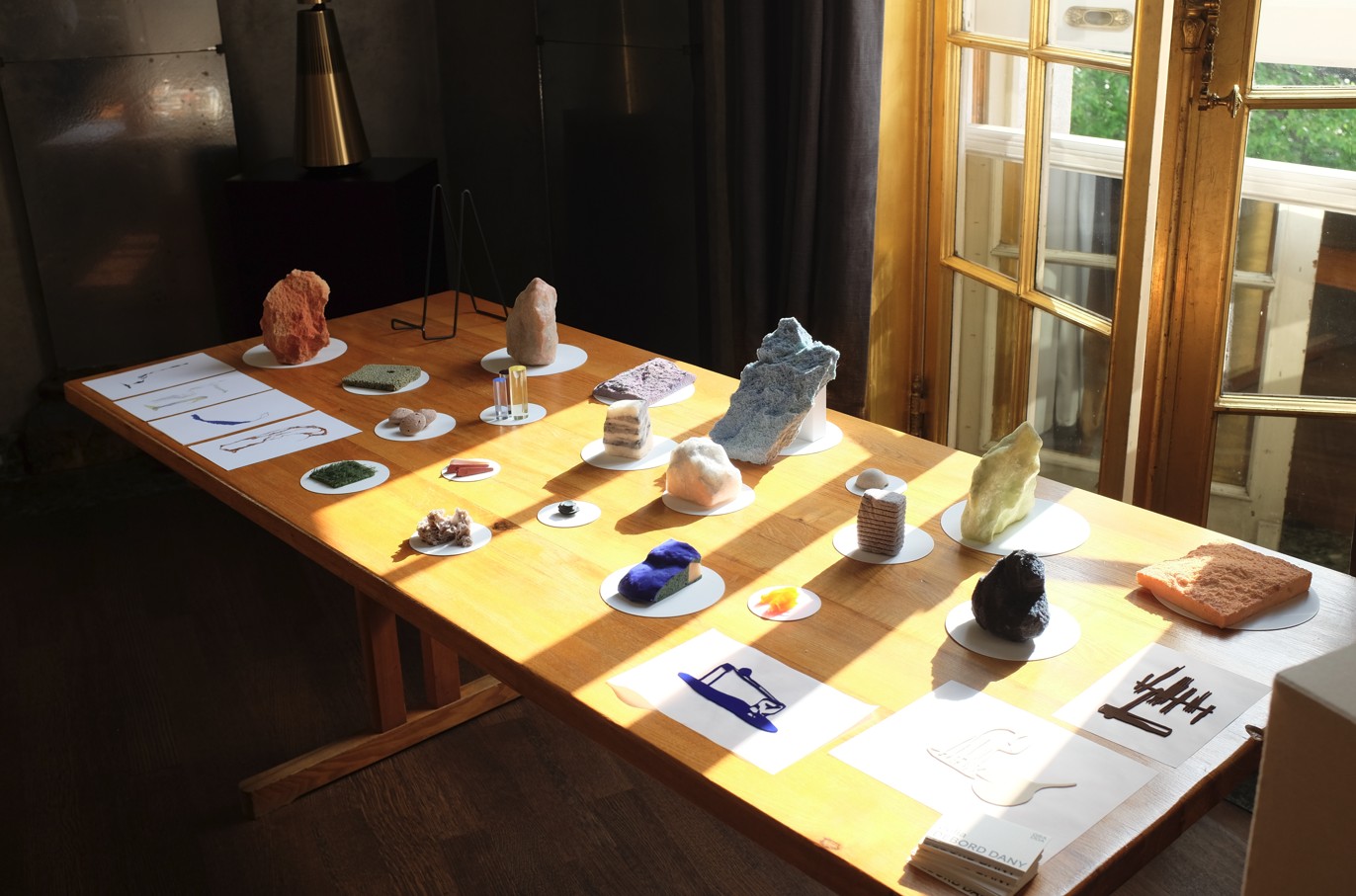Call for Applications: Set Designer for the Oui Design! 2026 Exhibition in New York

Once again this year, Villa Albertine invites craft artisans as well as arts & crafts and design residents to present their work at the Payne Whitney Mansion, located on 5th Avenue in New York, during the NYCxDESIGN Festival.
For this occasion, one set designer will be selected to conceive an immersive and innovative exhibition, highlighting the materials and creative processes of the featured creators, while engaging in dialogue with the local cultural ecosystem.
Central Theme
- To promote and showcase the participating craft artisans and designers.
- Visitors should be able to move through the space, encounter, and engage directly with the creators invited for this occasion.
- Each artisan and designer must have sufficient space to present their practice.
- If the exhibition space is fragmented among different creators, it will be necessary to restore overall coherence and implicitly create an organic pathway connecting the various practices.
Desired Atmosphere
- A minimalist exhibition design that encourages circulation and exchange with the artisans, incorporating elements that reference traditional craftsmanship (wood, textiles, metal).
Patrons and Prescribers Evening
- An elegant, intimate, and contemporary atmosphere.
- This moment should be conceived as an immersive experience that sparks curiosity and engagement from the audience toward the artisans.
- If installations are minimalist for reasons of practicality, budget, and ecology, an immersive design through lighting, sound, or spatial partitioning should facilitate encounters and dialogue with the participating artisans and designers.
- A culinary scenography will make the experience unique.
Public Days
- The installation designed for the patrons’ evening will be reused for occasional activations. It will also allow the general public and school groups to discover the approach and practice of each creator throughout the duration of the exhibition.
Venue
- Ballroom and Marble Room (floor plans provided upon request)
Technical Constraints
- Integrate six craft artisans, including three designers, into the exhibition design (final selection of participants will be confirmed at the end of January 2026).
- Materials used must comply with a principle of environmental sobriety.
- The set design must be easy to assemble and dismantle, in compliance with the installation and dismantling dates indicated in the key dates section.
- Villa Albertine does not have a professional kitchen. Food must therefore be delivered already prepared. Please specify that the final presentation may be completed on site.
- A document detailing the counterparts offered within in-kind partnerships will be provided to the selected service provider. This document will specify the visibility conditions, association with the event, and all benefits offered to partners.
Budget
The budget allocated to the exhibition design is $30,000 (all taxes included), covering:
- Concept design
- Production of the exhibition’s design elements
- Installation
- Dismantling
- Designer/creator’s fee
- Design and production of the culinary experience for the major patrons’ evening (excluding beverages and service)
- Transportation of the creators’ equipment for demonstrations will be managed separately (outside the exhibition design budget).
Key Dates
- February 2, 2026: Announcement of the selected exhibition designer
- February 2026: Meeting with the 9 creators to understand their practices and consolidate the exhibition’s concept.
- May 11, 12 & 13, 2026: Installation of the exhibition design
- May 13, 2026 (evening): Opening / patrons’ evening
- May 14–19, 2026: Exhibition open to the general public
- May 20, 2026: Dismantling (spaces must be cleared for an event scheduled the same evening)
Concept Statement
- Presentation of the concept, atmosphere, and visitor journey
- Proposed design and production timeline
Design Plans and Visuals
- Spatial layout plans (Ballroom / Marble Room)
- Visuals, sketches, or 3D renderings enabling a clear understanding of the exhibition design
Technical Documentation
- Dimensions, selected materials, installation, and dismantling instructions
- List of any specific requirements (lighting, sound, technical supports) related to the project
Detailed Budget
- Cost breakdown of all exhibition design elements and implementation
- Project Follow-Up and On-Site Presence
- Coordination with craft artisans and designers
- Presence during installation (May 11–13), opening (May 13), and dismantling (May 20)
Applications must be submitted no later than January 22, 2026 at 11:59 PM (EST) by email to: proposals@villa-albertine.org
Applications must include:
Overall Exhibition Design Concept
- A clear concept statement, accompanied by inspiration visuals, sketches, or 3D renderings, illustrating the proposed creative vision and how the presented craftsmanship will be highlighted.
Spatial Layout Proposal
- A detailed proposal of exhibition design elements: furniture, display supports, interactive or multimedia devices, mediation tools, etc., adapted to the constraints of a temporary exhibition space.
Provisional Schedule and Budget Estimate
- An indicative planning outlining the main stages of the project (design, production, installation, etc.), along with a budget estimate aligned with the project’s ambitions and resources.
Calendar
- Application deadline: January 19, 2026 at 11:59 PM (EST)
- Project selection and results announcement: Late January
- Exhibition dates: May 13–19, 2026
Contacts
For any questions prior to submitting your application, please contact:
Zoé Appy
Design and Arts & Crafts Project Manager
zoe.appy@villa-albertine.org
Diane Josse
Director of Artistic Exchanges
diane.josse@villa-albertine.org
